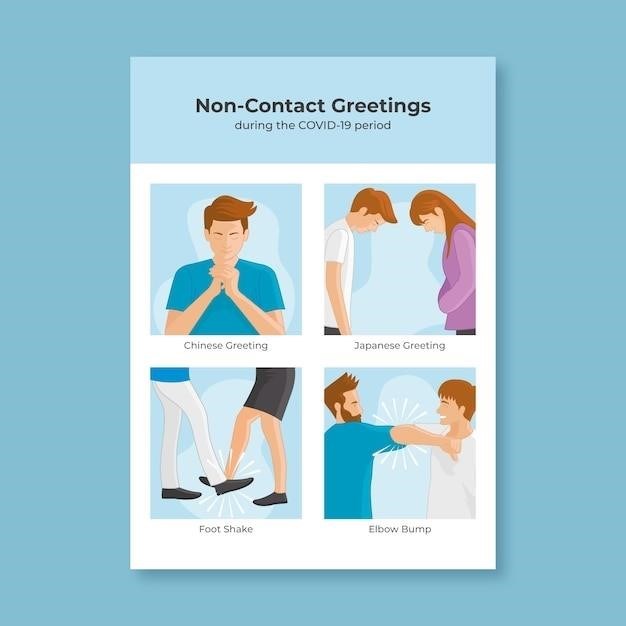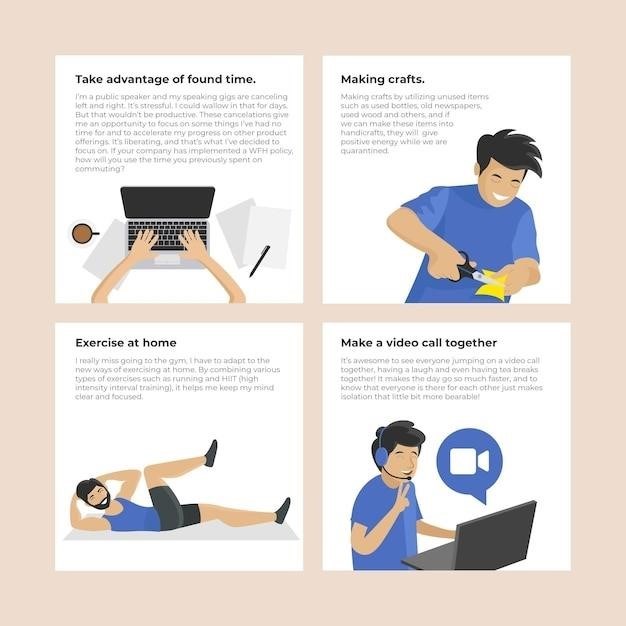Peroneal Nerve Entrapment Exercises
Peroneal nerve entrapment can cause pain, numbness, and weakness in the foot and ankle. Exercises can help to strengthen the muscles that are affected by the nerve entrapment and improve flexibility. These exercises should be done regularly to help relieve symptoms and prevent further damage to the nerve. It is important to consult with a doctor or physical therapist to determine the best exercises for your specific condition.
Introduction
The peroneal nerve is a long nerve that runs down the outside of the leg and into the foot. It controls the muscles that lift the foot and turn the foot outward. Peroneal nerve entrapment occurs when the nerve is compressed or pinched, causing pain, numbness, and weakness in the foot and ankle. This condition can be caused by a variety of factors, including injury, overuse, or prolonged pressure on the nerve.
Exercises can be an effective treatment for peroneal nerve entrapment, helping to strengthen the muscles affected by the nerve compression and improve flexibility. These exercises can help to relieve symptoms and prevent further damage to the nerve. A physical therapist can create a personalized exercise program based on your individual needs and the severity of your condition. This PDF provides a comprehensive guide to peroneal nerve entrapment exercises, outlining various stretches and strengthening exercises that can help you manage your symptoms and regain functionality.
Causes of Peroneal Nerve Entrapment
Peroneal nerve entrapment can arise from a variety of factors, often stemming from pressure or compression on the nerve. Common causes include⁚
- Injury⁚ A direct blow to the knee or leg can damage the peroneal nerve, leading to entrapment. This can occur during sports activities, accidents, or even falls.
- Overuse⁚ Repetitive stress on the knee and leg muscles, such as running, cycling, or prolonged standing, can put pressure on the peroneal nerve.
- Prolonged Pressure⁚ Sitting with your legs crossed for extended periods, wearing tight clothing, or using crutches can compress the nerve, leading to entrapment.
- Neuropathy⁚ Conditions like diabetes can damage nerves, including the peroneal nerve, making it more susceptible to entrapment.
- Anatomical Factors⁚ Some individuals may have a naturally narrow space where the peroneal nerve passes, making them more prone to entrapment.
- Knee Injury⁚ Injuries to the knee, such as a dislocated knee or a fracture, can also cause peroneal nerve entrapment;
Understanding the causes of peroneal nerve entrapment can help you identify potential risk factors and take steps to prevent it.
Symptoms of Peroneal Nerve Entrapment
The symptoms of peroneal nerve entrapment can vary depending on the severity of the condition. Common signs include⁚
- Foot Drop⁚ Difficulty lifting the foot off the ground, often causing a dragging or slapping gait.
- Weakness⁚ Weakness in the muscles that control the ankle and toes, making it hard to point the toes up or down.
- Numbness or Tingling⁚ A feeling of numbness, tingling, or pins and needles in the outer part of the lower leg, foot, and toes.
- Pain⁚ Pain that may be localized to the outer part of the knee or lower leg, and can sometimes radiate down to the foot.
- Sensation Changes⁚ Increased sensitivity to touch or temperature in the affected area.
If you experience any of these symptoms, it’s crucial to seek medical attention promptly. Early diagnosis and treatment can help prevent further nerve damage and improve your chances of a full recovery.
Diagnosis of Peroneal Nerve Entrapment
Diagnosing peroneal nerve entrapment typically involves a combination of medical history, physical examination, and imaging studies. Your doctor will ask about your symptoms, including when they started, their severity, and any aggravating or relieving factors.
During the physical exam, your doctor will assess your reflexes, muscle strength, and sensation in your foot and ankle. They may also perform special tests to check for nerve damage, such as⁚
- Tinel’s sign⁚ Tapping lightly on the peroneal nerve, which may elicit tingling or numbness in the foot.
- Hoffman’s sign⁚ Flicking the middle fingernail, which may cause involuntary twitching of the thumb and index finger.
Imaging tests, such as an MRI or ultrasound, may be used to rule out other conditions and confirm the diagnosis. These tests can help visualize the peroneal nerve and identify any compression points.
Treatment Options for Peroneal Nerve Entrapment
Treatment for peroneal nerve entrapment aims to reduce pressure on the nerve and alleviate symptoms. The specific approach may vary depending on the severity and cause of the entrapment.
Conservative treatment options are often the first line of defense and include⁚
- Rest⁚ Avoiding activities that aggravate symptoms.
- Immobilization⁚ Using a splint or brace to support the ankle and reduce pressure on the nerve.
- Physical therapy⁚ Exercises to strengthen and stretch the muscles surrounding the nerve, improve flexibility, and reduce inflammation.
- Medications⁚ Over-the-counter pain relievers, such as ibuprofen or naproxen, or prescription pain medications to manage pain and inflammation.
- Injections⁚ Corticosteroid injections can be used to reduce inflammation around the nerve.
Surgical intervention may be considered in cases where conservative treatment fails or if there is evidence of nerve damage. Surgery involves releasing the pressure on the nerve by removing any surrounding tissues that are compressing it.
Stretching Exercises
Stretching exercises can help improve flexibility and range of motion in the ankle and foot, which can be beneficial for peroneal nerve entrapment. Here are a few stretches that may be helpful⁚
- Calf Stretch⁚ Stand facing a wall with your feet shoulder-width apart. Lean forward, keeping your back straight, until you feel a stretch in your calf muscles. Hold for 30 seconds and repeat 3-5 times.
- Hamstring Stretch⁚ Sit on the floor with your legs extended in front of you. Reach down towards your toes, keeping your back straight. Hold for 30 seconds and repeat 3-5 times.
- Gastrocnemius Stretch⁚ Stand facing a wall with your feet shoulder-width apart. Step back with one leg, keeping your heel on the ground. Lean forward until you feel a stretch in your calf muscle. Hold for 30 seconds and repeat 3-5 times on each leg.
- Toe Curls⁚ Sit with your feet flat on the floor. Curl your toes under, as if you are trying to grab the floor with your toes. Hold for 5 seconds and repeat 10-15 times.
- Ankle Circles⁚ Sit with your feet flat on the floor. Slowly rotate your ankle in a clockwise circle, followed by a counterclockwise circle. Repeat 10-15 times in each direction.
Remember to consult with a doctor or physical therapist before starting any new exercise program.
Strengthening Exercises
Strengthening the muscles around the ankle and foot can help support the peroneal nerve and reduce pressure on it. Here are a few exercises that can be helpful⁚
- Ankle Pumps⁚ Sit with your feet flat on the floor. Point your toes up towards the ceiling, then point your toes down towards the floor. Repeat 10-15 times.
- Calf Raises⁚ Stand with your feet shoulder-width apart. Slowly raise up onto your toes, then lower back down. Repeat 10-15 times.
- Toe Raises⁚ Sit with your feet flat on the floor. Slowly lift up your toes, keeping your heels on the ground. Hold for 5 seconds and repeat 10-15 times.
- Resistance Band Exercises⁚ Wrap a resistance band around your feet. Sit with your feet flat on the floor and pull the band outwards with your feet, resisting the motion. Hold for 5 seconds and repeat 10-15 times. You can also use the band to perform ankle dorsiflexion and plantarflexion exercises.
- Towel Curls⁚ Sit with your feet flat on the floor. Place a towel under your toes. Curl your toes under, grabbing the towel with your toes, and lift it off the floor. Hold for 5 seconds and repeat 10-15 times.

Start with a few repetitions of each exercise and gradually increase the number as you get stronger. Listen to your body and stop if you feel any pain. You can also consult with a physical therapist for personalized exercise recommendations.
Home Remedies for Peroneal Nerve Entrapment
While home remedies can provide temporary relief from the symptoms of peroneal nerve entrapment, they are not a substitute for proper medical evaluation and treatment. Here are some home remedies that may help alleviate discomfort⁚
- Rest⁚ Avoid activities that aggravate your symptoms. Rest your leg and avoid prolonged sitting or standing.
- Ice⁚ Apply ice to the affected area for 15-20 minutes at a time, several times a day. This can help reduce inflammation and pain.
- Elevation⁚ Elevate your leg above your heart whenever possible. This can help reduce swelling.
- Over-the-counter pain relievers⁚ Nonsteroidal anti-inflammatory drugs (NSAIDs) like ibuprofen or naproxen can help reduce pain and inflammation.
- Compression⁚ Wearing a compression bandage or sock can help reduce swelling and provide support to the affected area.
- Massage⁚ Gentle massage of the calf muscles and surrounding area can help improve circulation and reduce muscle tension.
It is important to note that these home remedies may not be effective for everyone, and they should not be used as a replacement for medical care. If your symptoms worsen or do not improve with home remedies, it is crucial to consult a doctor for proper diagnosis and treatment.
Prevention of Peroneal Nerve Entrapment
While peroneal nerve entrapment can be challenging to fully prevent, there are several steps you can take to minimize your risk⁚
- Maintain a healthy weight⁚ Excess weight puts extra pressure on your joints and nerves, increasing the risk of entrapment.
- Proper footwear⁚ Wear shoes that fit well and provide adequate support, especially during activities that involve prolonged standing or walking. Avoid high heels or shoes that constrict your feet.
- Regular stretching⁚ Regularly stretch your calf muscles and the muscles surrounding your ankle to improve flexibility and reduce tightness.
- Avoid prolonged sitting or standing⁚ If your job requires prolonged sitting or standing, take regular breaks to move around and stretch.
- Proper posture⁚ Maintain good posture when sitting or standing to avoid putting undue pressure on your nerves.
- Protect your knees⁚ Be cautious during activities that involve kneeling or squatting to prevent injury to the knee, which can contribute to peroneal nerve entrapment.
By adopting these preventive measures, you can reduce your risk of developing peroneal nerve entrapment and maintain optimal nerve health.
